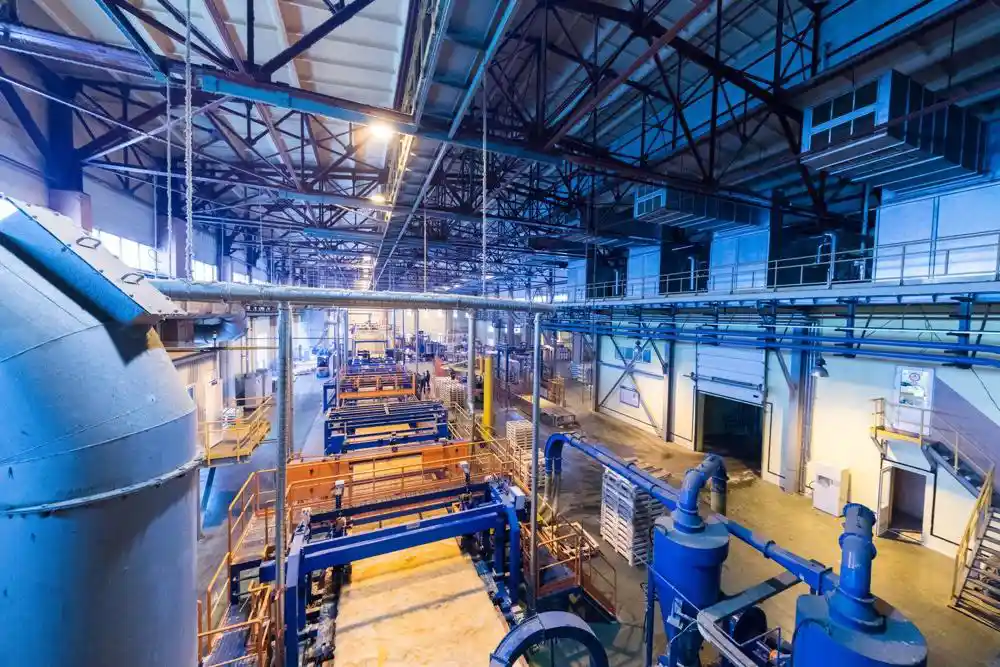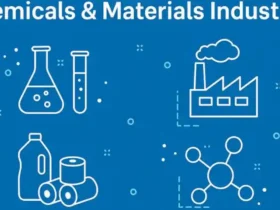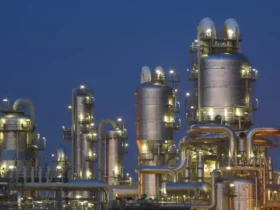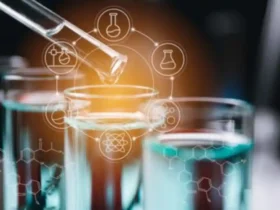
1. Distillation
Distillation is one of the most fundamental separation techniques in chemical engineering. It involves heating a liquid mixture to create vapor and then cooling the vapor to collect the separated components based on different boiling points. Commonly used in the petroleum industry, distillation helps in separating crude oil into gasoline, diesel, kerosene, and other fractions. Engineers must understand concepts like relative volatility, reflux ratio, and distillation column design to effectively apply this technique.
2. Filtration
Filtration is the process of removing solid particles from liquids or gases using a filter medium. This technique is used extensively in water treatment, pharmaceuticals, and food processing. Engineers must choose the right type of filter (e.g., membrane, cartridge, or sand filter) and understand parameters like pressure drop, flow rate, and filter media compatibility.
3. Crystallization
Crystallization is used to separate a solid that forms from a solution during cooling or evaporation. It is widely applied in the production of salts, sugar, and active pharmaceutical ingredients (APIs). Engineers focus on controlling temperature, concentration, and agitation to optimize crystal size and purity.
4. Drying
Drying involves the removal of moisture from materials and is critical in industries such as food, paper, and pharmaceuticals. Techniques like tray drying, spray drying, and freeze-drying are commonly used. Engineers must consider factors like drying kinetics, heat and mass transfer, and energy efficiency.
5. Extraction
Extraction is the process of separating compounds based on their solubility in different immiscible liquids. It is often used to isolate valuable components from plant materials or to remove impurities. Engineers must be skilled in choosing appropriate solvents, designing extraction equipment, and optimizing phase separation.
6. Absorption
Absorption involves transferring a gas into a liquid, where it dissolves. This technique is commonly used in air pollution control and gas purification processes. For instance, removing carbon dioxide from flue gases using an amine solution. Engineers need to understand solubility, mass transfer coefficients, and equipment design such as packed towers or bubble columns.
7. Adsorption
In adsorption, molecules adhere to the surface of a solid material (adsorbent). Activated carbon, silica gel, and zeolites are common adsorbents used to remove contaminants or recover valuable materials. This technique plays a crucial role in water treatment and gas purification. Engineers focus on adsorption isotherms, breakthrough curves, and regeneration cycles.
8. Heat Exchange
Efficient heat transfer is central to nearly every chemical process. Heat exchangers are used to transfer thermal energy between fluids without mixing them. Common types include shell-and-tube, plate, and air-cooled exchangers. Engineers must understand heat transfer coefficients, fouling factors, and energy balance calculations.
9. Reaction Engineering
At the core of chemical processing is the chemical reaction itself. Reaction engineering involves designing reactors (batch, continuous, plug flow, etc.) and controlling reaction conditions to maximize yield and selectivity. Engineers must understand kinetics, thermodynamics, and reactor scaling to optimize performance.
10. Mixing and Agitation
Proper mixing is essential for uniform composition, heat transfer, and reaction control. Techniques vary based on whether the materials are liquids, solids, or gases. Engineers must consider factors like impeller type, power consumption, mixing time, and scale-up challenges.
Conclusion
Mastering these ten chemical processing techniques provides a solid foundation for engineers in the chemical industry. Each technique plays a unique role in ensuring that processes are efficient, safe, and economically viable. As technologies evolve and sustainability becomes increasingly important, engineers must continually refine their knowledge and adapt these techniques to meet modern industrial demands. Whether you’re a budding chemical engineer or a seasoned professional, these core methods are essential tools in your engineering toolkit.








Leave a Reply